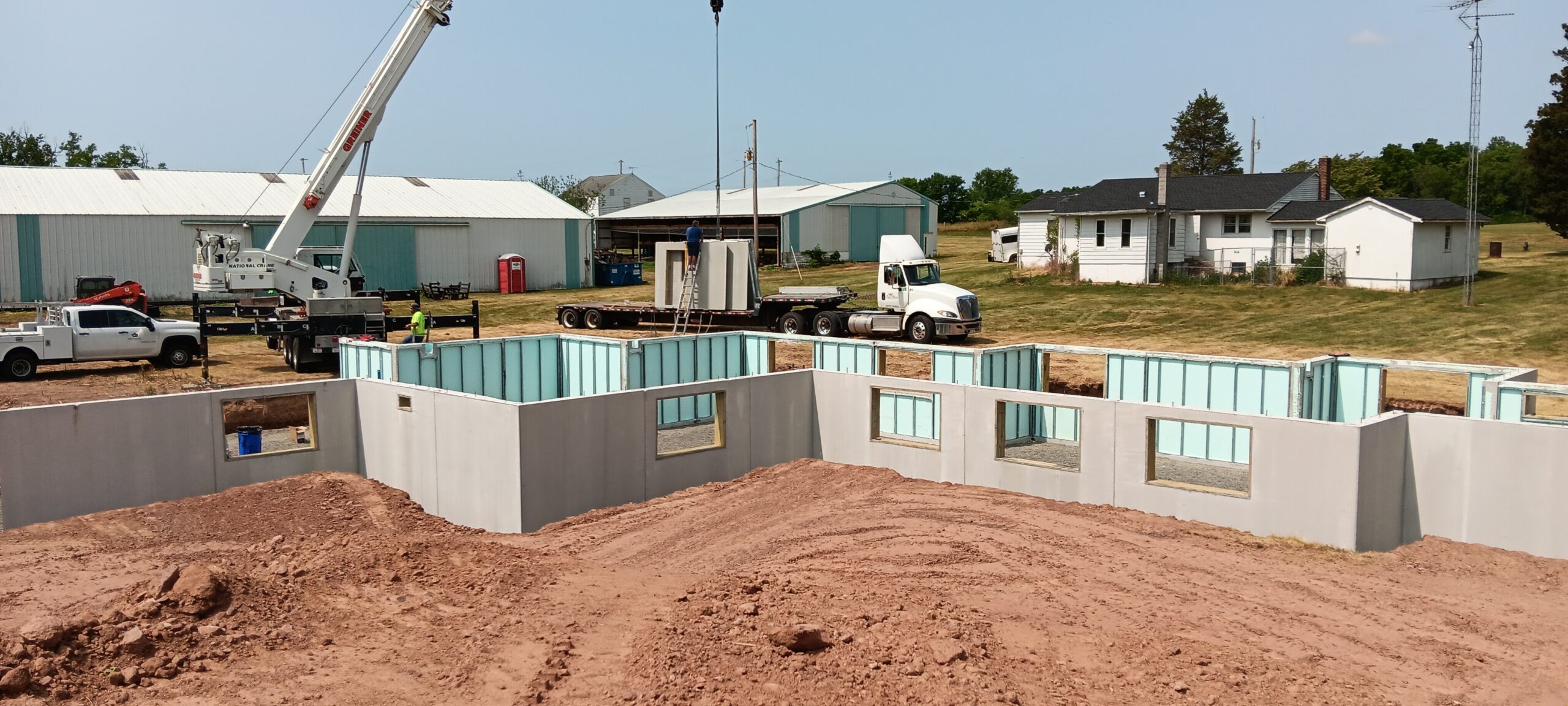Traditional Building vs. Precast Concrete Building
A Side-by-Side Comparison
This comparison page aims to shed light on the key differences between traditional on-site construction and precast concrete building methods. Whether you’re planning a residential or commercial project, this breakdown can help you make an informed decision.
Foundations & Basements
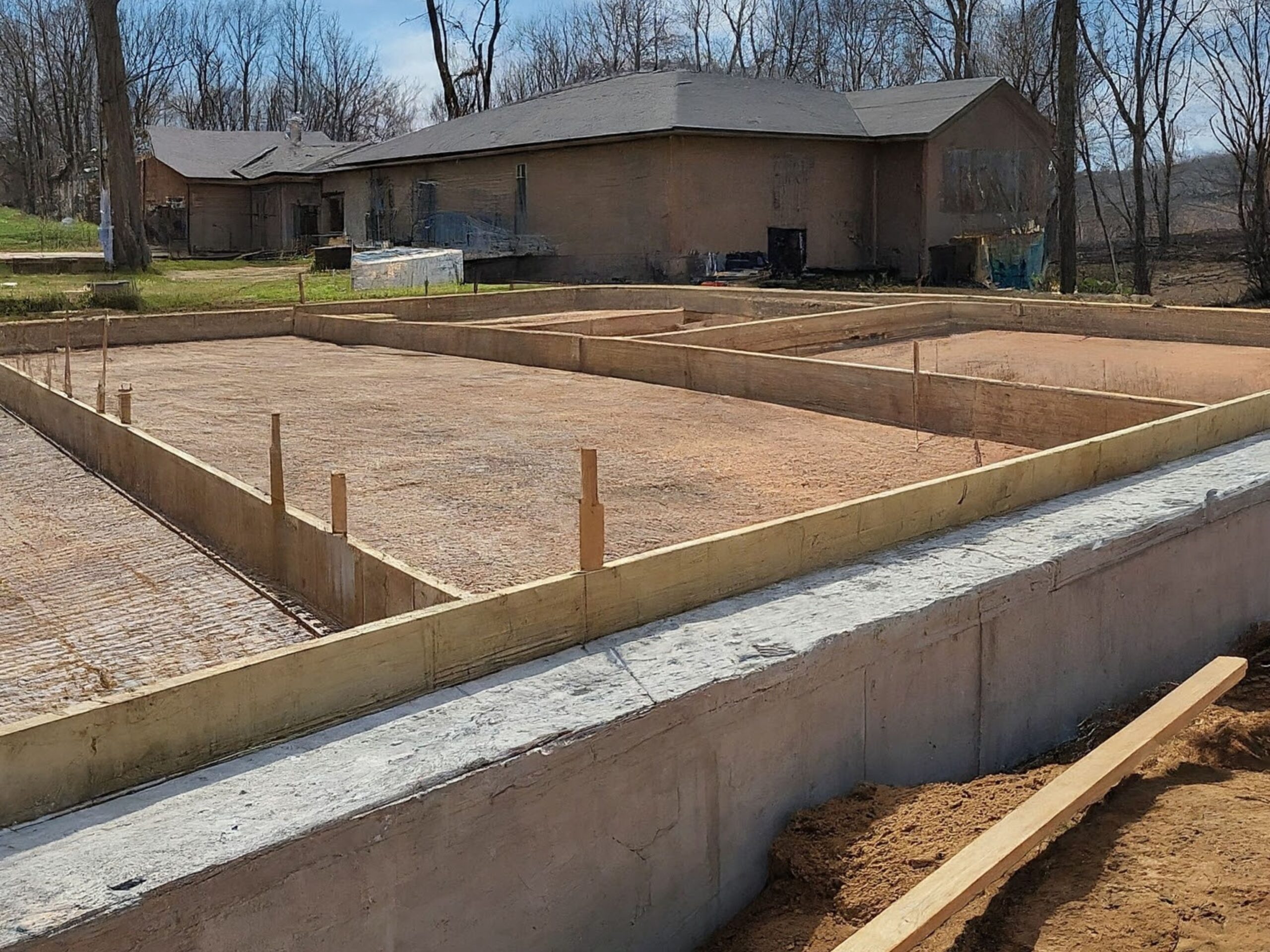
Traditional Foundations:
- Built on-site using poured concrete.
- Requires excavation and formwork construction.
- Curing time can delay construction progress.
- More susceptible to weather delays.
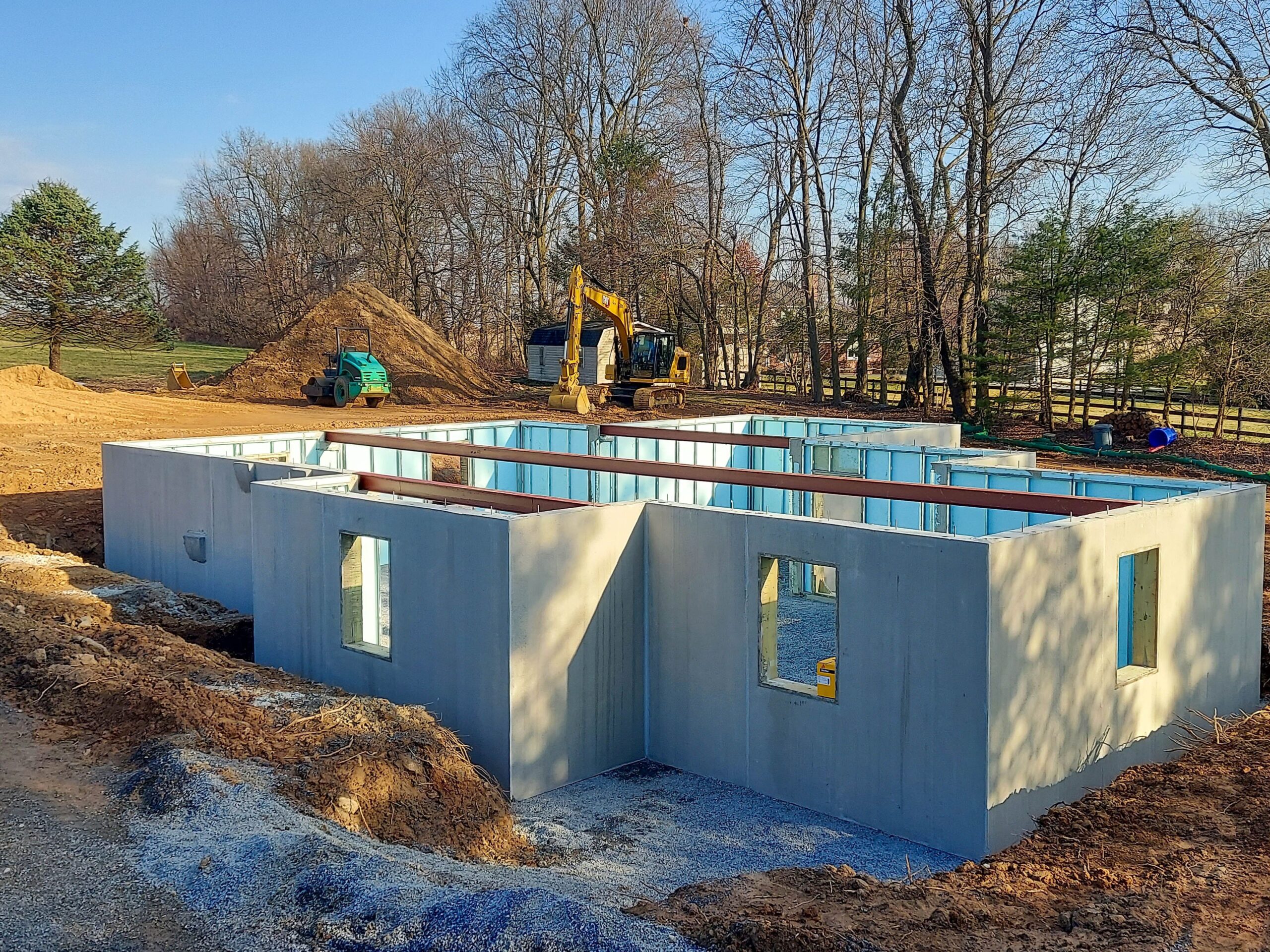
Precast Concrete Foundations:
- Pre-fabricated concrete walls and footings delivered to the site.
- Faster installation with minimal excavation.
- Consistent quality control due to factory production.
- Less weather impact on construction timeline.
Walls
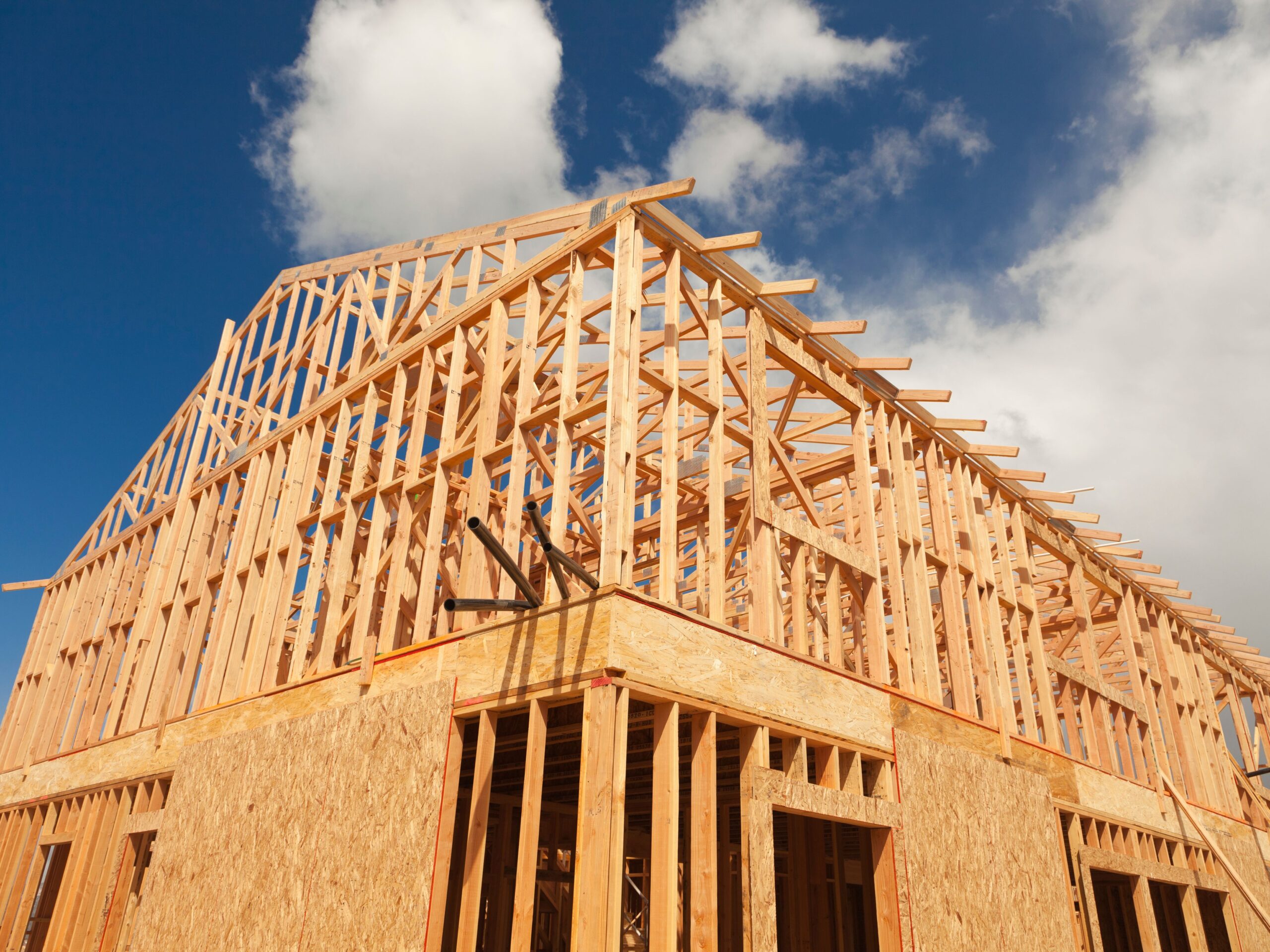
Traditional Walls:
- Built on-site using bricks, concrete blocks, or wood framing.
- Requires skilled labor and can be time-consuming.
- More susceptible to moisture infiltration and structural issues.
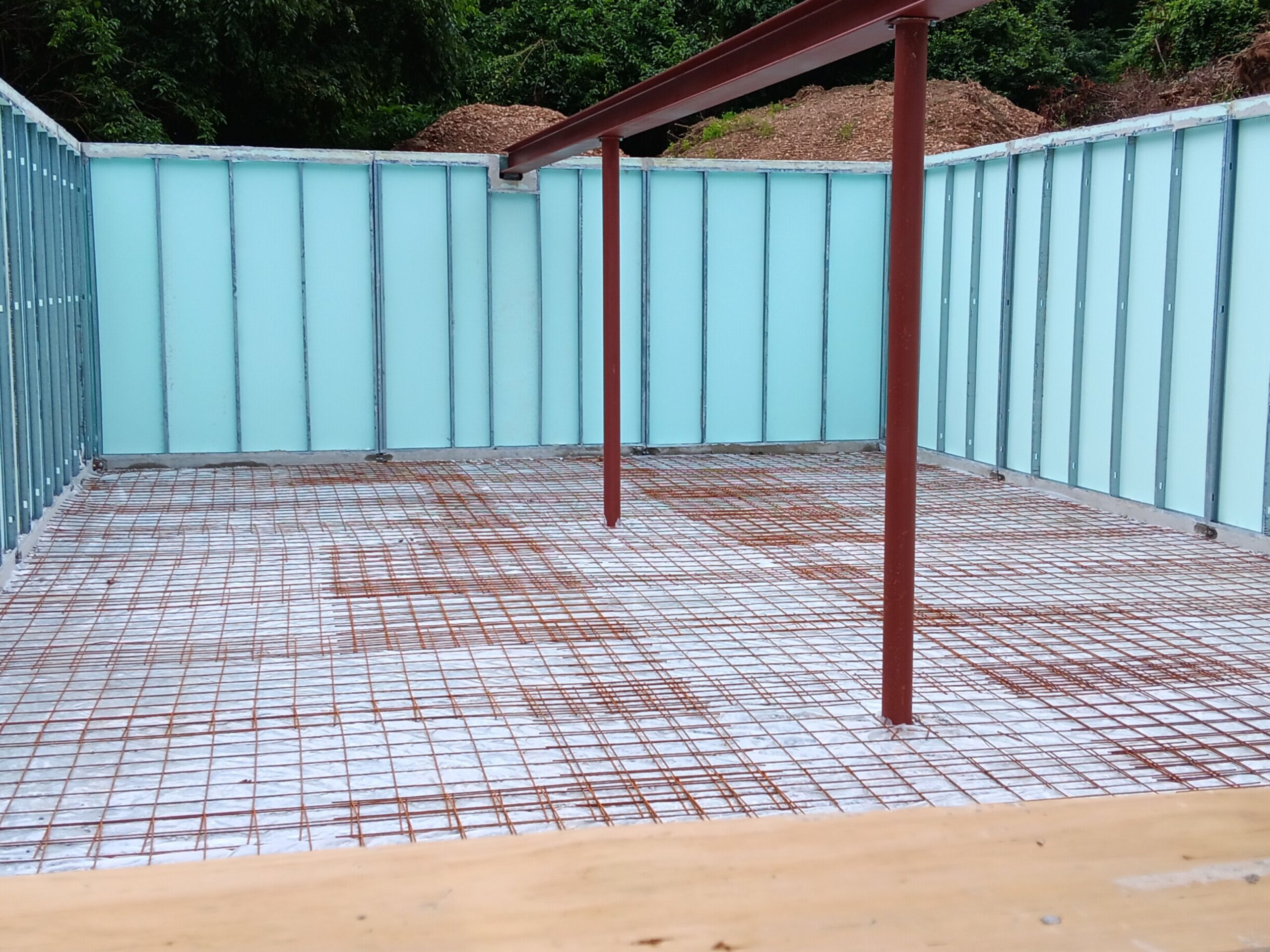
Precast Concrete Walls:
- Pre-fabricated concrete wall panels delivered to the site.
- Faster installation with minimal on-site labor.
- Superior strength, durability, and fire resistance.
- Excellent soundproofing and insulation properties.
Homes
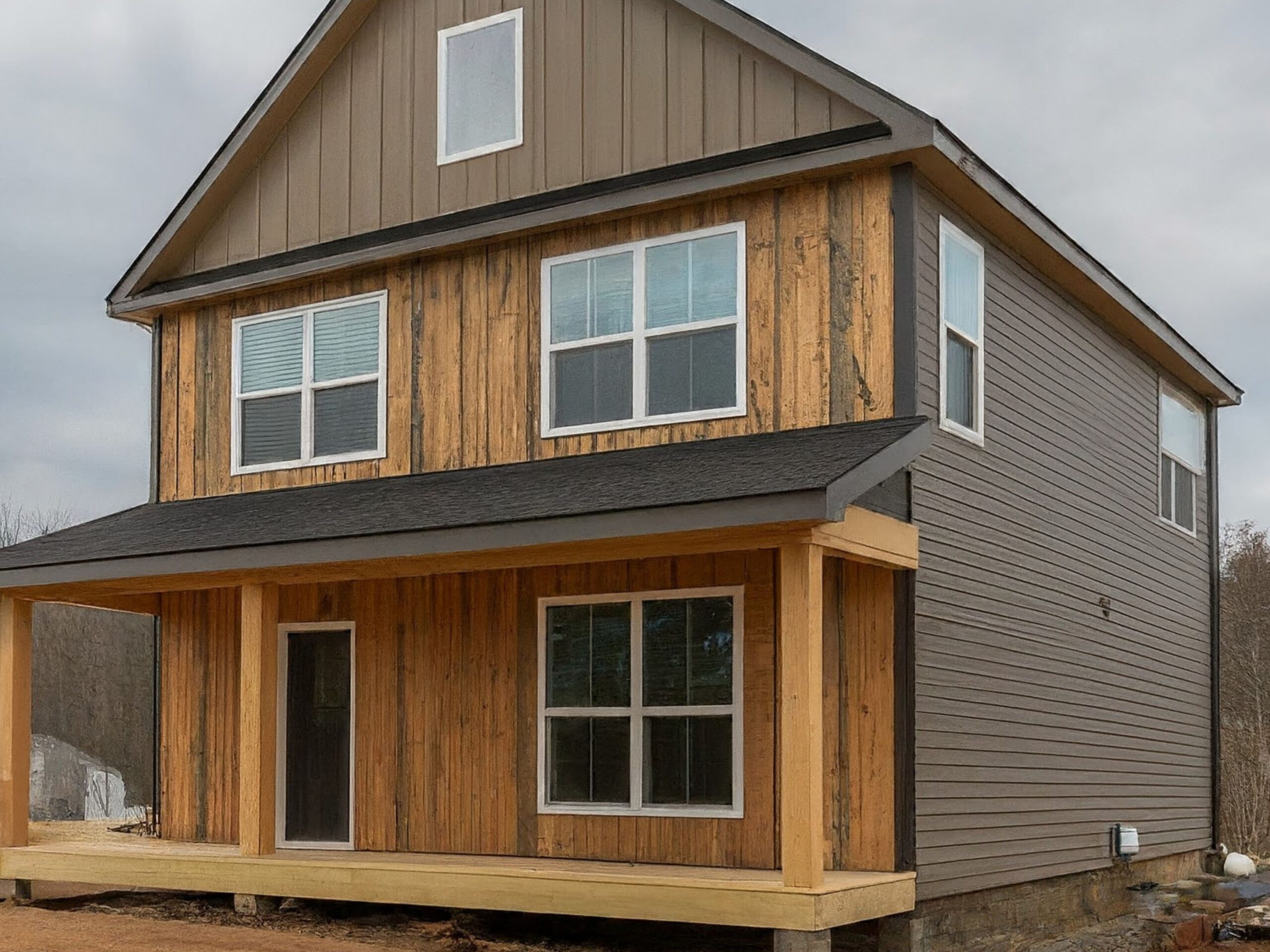
Traditional Homes:
- Built on-site using a wooden frame with various exterior finishes.
- Longer construction timelines due to weather dependence.
- Requires ongoing maintenance for siding and roofing.
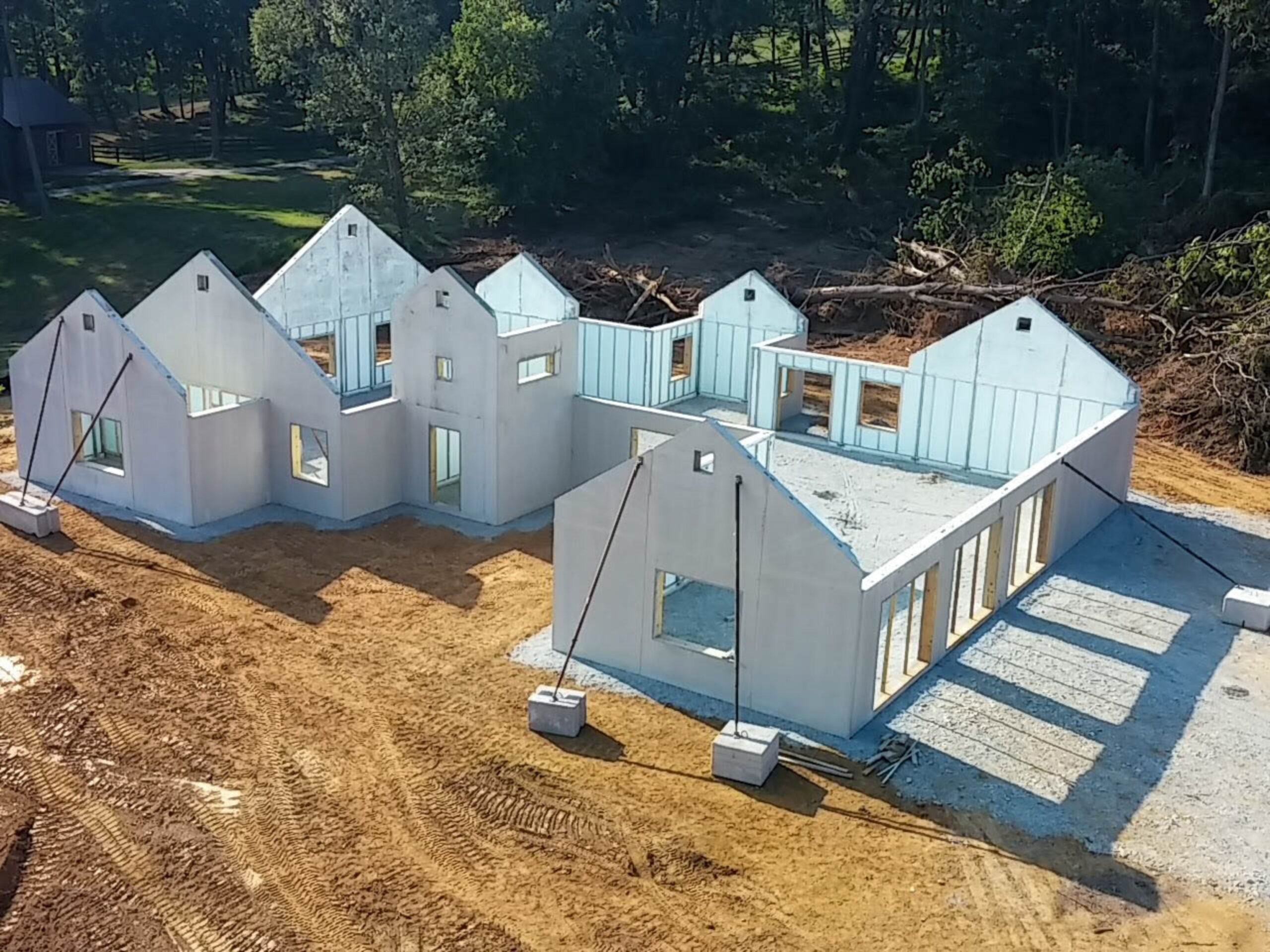
Precast Concrete Homes:
- Pre-fabricated concrete wall panels and components delivered to the site.
- Faster construction with less weather impact.
- Low-maintenance exterior with excellent weather resistance.
- Superior fire resistance and noise insulation.
Precast concrete construction offers significant advantages over traditional building methods in terms of speed, efficiency, quality control, and durability. This method is ideal for foundations, homes, and commercial buildings, providing a strong, long-lasting structure with minimal maintenance requirements.
Additional Considerations
- Architectural Design Flexibility: While precast concrete offers a wide range of design options, traditional methods may provide more flexibility for highly customized designs.
- Cost: Precast construction can be cost-competitive, especially for larger projects. However, factors like project complexity and site logistics can influence overall cost.
We encourage you to contact us to discuss your specific project needs and explore the benefits of precast concrete construction for your next residential or commercial building project.

